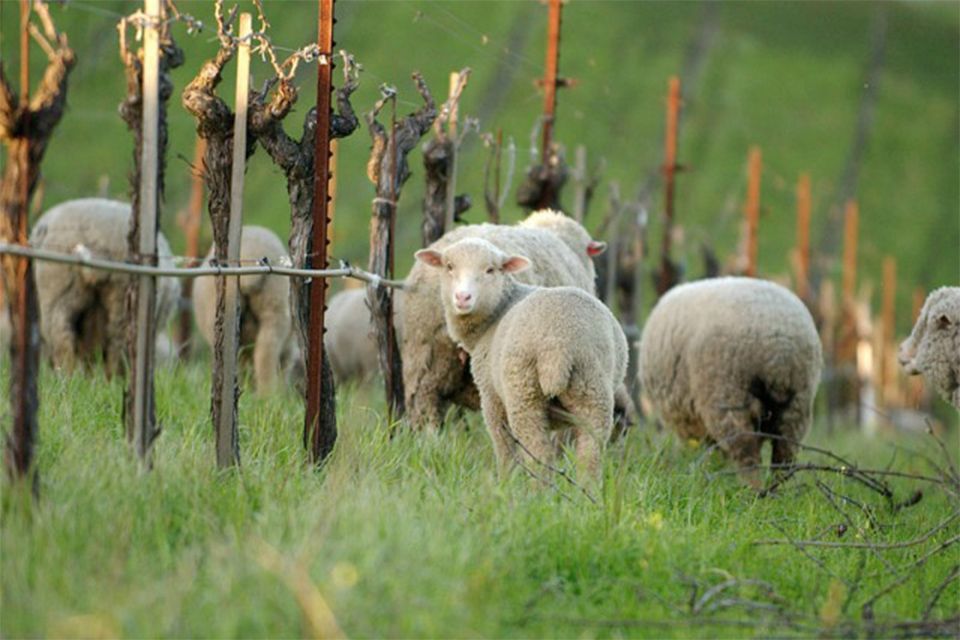Organic, Biodynamic, Skin-Contact or Orange and Natural Wine

Wine is perceived as one of the most natural and healthy of alcoholic beverages. Consumers might be surprised to discover that the majority of everyday wine is produced using a wide variety of chemicals, both in the vineyard and the winery, traces of which can end up in the final wine (ever wondered why cheap wine gives you such a headache?).
A vineyard is almost unique in that vines cannot be crop rotated, and cannot be left to lie fallow. As a consequence, the use of agrochemicals over time leads to a build-up of pathogens and a depletion of soil health. This weakens the vine, creating a cycle of dependency on chemical treatments.
As vineyards become “green concrete” winemakers are waking up to the fact that high-input farming using synthetic herbicides, pesticides, fungicides, and fertilizers is becoming unsustainable.
At the same time, consumers are becoming more aware of the ingredients in the food and drink they buy, looking for healthier, additive-free options. The coming together of these two phenomena has resulted in a number of alternatives for the thoughtful and environmentally conscious wine consumer, but what are the difference between the various classifications, and which, if any, has any real meaning?
For information on Organic, Biodynamic Orange or Skin-Contact and Natural wines log on to our Knowledge page